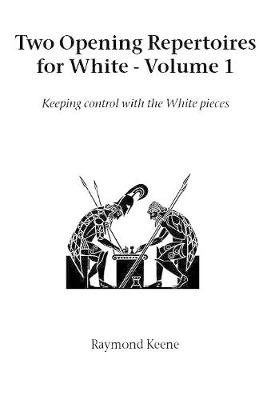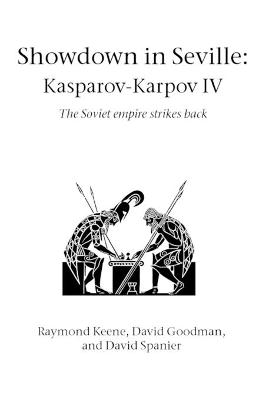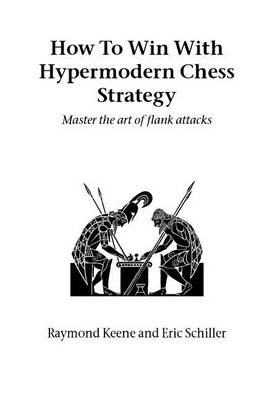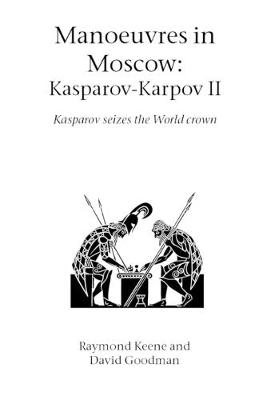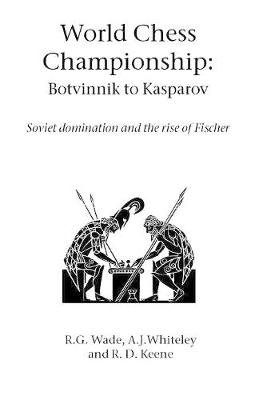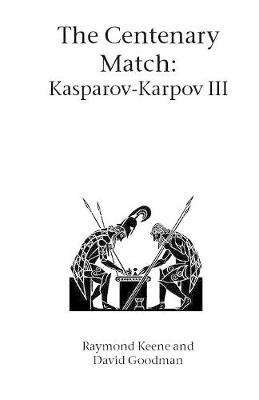Hardinge Simpole chess classics
10 total works
Showdown in Seville: Karpov-Kasparov II
by Raymond Keene, David Goodman, and David Spanier
How to Win with Hypermodern Chess Strategy
by Raymond Keene and Eric Schiller
Manoeuvres in Moscow: Karpov-Kasparov II
by Raymond Keene and David Goodman
World Chess Championship: Botvinnik to Kasparov
by R.G. Wade, A. J. Whiteley, and Raymond Keene

